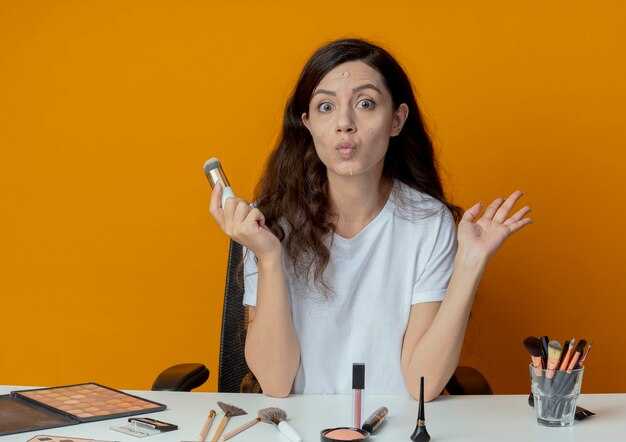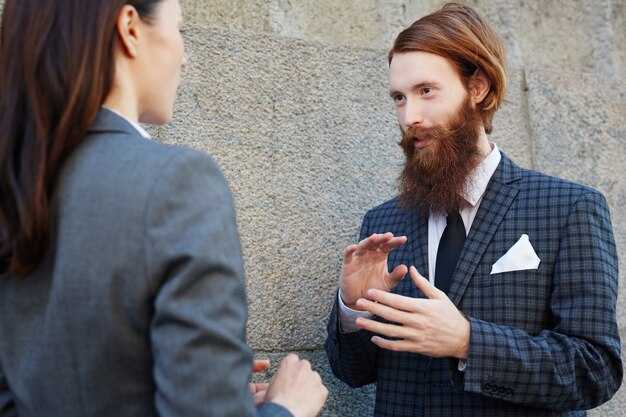Why do women today demand so much more from men than women did generations ago? That’s a fair question. I assumed it’s because women are more self-reliant now and often prefer being single to staying with someone who can’t or won’t provide the basic things a relationship needs to survive. Wait—weren’t we discussing expectations? Right, this is one of those topics that seems to call for a checklist. Who’s hiding the clipboard? Alright, lay on me these supposedly unreasonable demands. Well, as you know, they’re asking for a lot more emotional labor from us these days. They expect even minimal levels of intimacy and connection. What else? They’re always griping about shared chores and domestic work. Look, I don’t care if the dishes get done—fairness and shared responsibility make sense. Anything else? Back in the day men had more freedom: if we wanted to head to the bar, we could, no big deal. Now women won’t accept being neglected or overlooked—so demanding. We can’t even like or follow skimpy photos of models online without getting chewed out. They want a partner with integrity, someone reliable, and heaven forbid we have an argument—she expects turn-taking, trying to understand, validating and empathizing with each other’s experience. I’m sorry, what? Oh my gosh, they want mutual respect now—what has the world come to? She wants me to set aside time each day to talk about my day and my feelings—basic communication skills. She wants hugs rather than me just groping her. Beggars can’t be choosers, right? I suppose that’s called affection. I just don’t get it—I don’t understand how you can’t see how unfair it is for men out here. Yeah, I’m noticing something. All right, I think we’re the
…at a turning point in how relationships are understood. Expectations haven’t appeared out of nowhere — they’re shaped by social change, greater awareness of emotional well-being, and a push for fairness. Understanding that context helps a lot. Rather than seeing requests for connection, fairness, and respect as unreasonable, it can help to see them as clear signals about what creates a healthy, sustainable partnership.
Here are some practical, non-judgmental ways to respond if you feel overwhelmed by “expectations”:
- Listen to the underlying need. Often a complaint about chores or attention is really about feeling unseen, stressed, or unsupported. Ask what the problem is, and reflect back what you hear before jumping to defend yourself.
- Communicate clearly and honestly. Use “I” statements: “I feel tired when I come home and there are dishes everywhere. Can we agree on a simple plan?” This reduces blame and opens cooperation.
- Negotiate roles and routines. Don’t assume chores or emotional labor are automatic. Make a simple list of tasks, divide them fairly, and revisit the plan periodically. Concrete commitments (who does laundry, who cooks on which nights) remove a lot of friction.
- Practice small, consistent acts of care. Set aside 10–20 minutes a day to check in, put phones away at dinner, or give a sincere compliment. Consistency builds trust more than occasional grand gestures.
- Develop emotional skills. Learn basics of active listening: give full attention, summarize what you heard, validate feelings (“That sounds really frustrating”), and ask what would help. These skills are learnable and make conflict less draining.
- 境界線と同意を尊重する。 Affection should be wanted and reciprocal. Asking “Can I hug you?” or reading nonverbal cues prevents misunderstandings and shows care.
- Share accountability. If you make a commitment and slip up, apologize and fix it. Reliability is a major factor in feeling respected and secure in a relationship.
- Seek help when stuck. If patterns of resentment or poor communication persist, consider couples therapy or trusted books and workshops. A neutral third party can teach tools and help reframe conflicts into cooperation.
Why this matters: relationships that balance emotional support, practical help, and mutual respect are generally more satisfying and last longer. Adjusting expectations goes both ways — sometimes women raise standards because past behavior caused hurt; sometimes men feel attacked when asked to change. The healthy middle is negotiation, empathy, and clear agreements.
Some resources to explore (if you want practical guidance): The Gottman Institute’s work on conflict and repair, books like “The Seven Principles for Making Marriage Work” by John Gottman, and “Attached” by Amir Levine and Rachel Heller for understanding attachment styles. If reading isn’t your thing, short workshops, podcasts, or a few sessions with a counselor can teach the same skills in a focused way.
Bottom line: asking for respect, shared responsibility, and genuine connection isn’t “unrealistic” — it’s part of what makes modern relationships work. If the changes feel hard, treat them like any new skill: start small, practice deliberately, and be honest about what you can commit to. That approach will get better results than sarcasm or avoidance.
How Media Representations and Photo-driven Culture Fuel Unrealistic Expectations
Require clear labels for retouched photos and disclosed filter use on all commercial and influencer posts. When platforms and advertisers place a visible “Retouched” or “Filter Used” tag on images, viewers can immediately interpret visuals with healthy skepticism and reduce harmful comparison behaviors.
Research shows visual platforms correlate with higher body dissatisfaction: meta-analyses report small-to-moderate effect sizes (r ≈ 0.10–0.30) between frequent photo-based social media use and negative body image. The UK Royal Society for Public Health’s 2017 report identified image-focused apps as strongly associated with anxiety and poor body esteem among young people. Industry audits also indicate that a majority of fashion and beauty ads undergo digital alteration before publication.
Algorithms amplify polished images because posts that generate high engagement receive wider distribution; that selection pressure privileges idealized aesthetics. Experimental studies demonstrate that brief exposure to edited images increases viewers’ negative self-evaluations more than exposure to unedited images. Filters and retouch tools systematically narrow perceived norms by smoothing skin, slimming features, and standardizing proportions–changes that shape what people expect to look like.
Platforms can act quickly: add mandatory edit-disclosure metadata, offer an opt-in chronological or “real photos” feed, and give users a persistent toggle to hide algorithmic recommendations of heavily edited content. Instagram’s hide-like-count experiments show platform features can shift attention away from popularity metrics; extending controls to reduce surfaced edited images reduces comparison triggers for many users.
Brands and creators must publish before/after examples and disclose the nature of edits (color correction versus structural alterations). Commit to concrete representation metrics–report the percentage of campaigns that include body, age, and skin-tone diversity and set incremental targets (for example, increase non-retouched imagery by 20% within 12 months). Contracts with agencies should prohibit extreme facial or body reshaping and require size and proportion data for clothing shoots.
Individuals can protect their mental space with specific actions: unfollow accounts that trigger negative comparisons, mute promotional/video-heavy creators for set periods, use built-in screen-time limits, and follow a minimum of five verified diverse-appearance accounts for every influencer that promotes idealized beauty. When viewing images, ask two quick questions: “Was this image edited?” and “Would I look the same in real life?”–that habit reduces automatic comparison.
Policy makers should require ad-level disclosure of retouching (laws like France’s 2017 labeling requirement provide a model and include enforcement mechanisms), fund school-based media literacy programs with measurable outcomes, and commission regular audits of advertising practices. Combining regulatory standards, platform tools, transparent creative practices, and personal boundaries produces measurable reductions in harmful expectations and supports healthier self-image trajectories.


 Women’s Unrealistic Expectations —">
Women’s Unrealistic Expectations —">



 How to Talk to People Who Don’t Like You">
How to Talk to People Who Don’t Like You">
 Dismissive Avoidant & No Contact: What Really Happens Next">
Dismissive Avoidant & No Contact: What Really Happens Next">
 My Relationship Failed because I didn’t know what it NEEDED.">
My Relationship Failed because I didn’t know what it NEEDED.">
 How we Betray our Partner with Drugs or Alcohol">
How we Betray our Partner with Drugs or Alcohol">
 Give Me 36 Minutes… I’ll Save You A Lifetime Of Pain">
Give Me 36 Minutes… I’ll Save You A Lifetime Of Pain">
 пїЅпїЅ TOP 5 SECRETS Avoidants Will NEVER Tell You (Until You Go Silent) пЅњ Mel Robbins Motivation Speech">
пїЅпїЅ TOP 5 SECRETS Avoidants Will NEVER Tell You (Until You Go Silent) пЅњ Mel Robbins Motivation Speech">
 Say This and an Avoidant Will Trust You for Life!">
Say This and an Avoidant Will Trust You for Life!">
 Trauma Makes You Prone to Conflict: Here’s How to Stop">
Trauma Makes You Prone to Conflict: Here’s How to Stop">
 This Isn’t Anger — It’s Something Deeper (And It’s Wrecking Your Life)">
This Isn’t Anger — It’s Something Deeper (And It’s Wrecking Your Life)">
 Dismissive Avoidant Disrespect | The Painful Truth They’ll Never Confess | Avoidant Attachment Style">
Dismissive Avoidant Disrespect | The Painful Truth They’ll Never Confess | Avoidant Attachment Style">